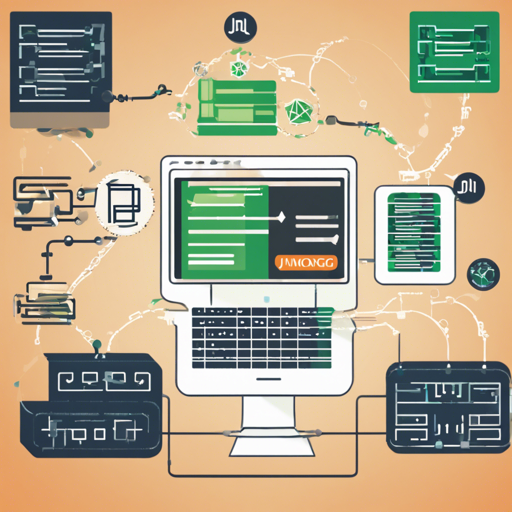Welcome to the world of MongoDB! This guide will take you through the essentials of using MongoDB Java, Kotlin, and Scala drivers. Whether you’re a beginner or a seasoned developer, we’re here to make your journey as smooth as possible.
Release Notes
The first step to harnessing the full potential of MongoDB is to stay informed about the latest updates. You can find the release notes for the MongoDB JVM drivers here. Keeping track of updates ensures you’re using the most reliable version of the drivers.
Documentation
Next, familiarize yourself with the documentation to maximize your experience:
- Java Driver Documentation: Java Driver Documentation
- Kotlin Driver Documentation: Kotlin Driver Documentation
- Scala Driver Documentation: Scala Driver Documentation
Tutorials & Training
To start using the MongoDB JVM Drivers effectively, check out the tutorials available at: MongoDB University. You’ll find additional tutorials, videos, and code examples in the MongoDB Developer Center.
Getting Help: Support & Feedback
If you face any issues or have questions regarding the MongoDB drivers, do not hesitate to check our support channels. It’s best not to contact individual developers, as you will generally get a quicker response in the MongoDB Community Forums or on StackOverflow. When posting a question, include the exact version of the driver you’re using, especially if you’re having connectivity issues. It’s also helpful to share the line of code involving the MongoClient instance.
Bug Reports & Feature Requests
Have you found a bug or thought of a cool feature? Head over to our JIRA to create new issues. Remember to:
- Log in or create an account
- Navigate to the JAVA project
- Provide as much detail as possible about the issue
If you identify a security vulnerability, please report it following the instructions provided here.
Versioning
The drivers follow a structured versioning approach:
- Major Increments: Breaking changes to the API.
- Minor Increments: Non-trivial new functionality and significant enhancements.
- Patch Increments: Bug fixes.
APIs marked with @Alpha, @Beta, or @Deprecated have special significance, which you should recognize to avoid issues in production environments.
Binaries and Dependency Information
You can find binaries and dependency information for different build tools here.
For instance, if you’re using Maven, here’s how to set it up:
<dependency>
<groupId>org.mongodb</groupId>
<artifactId>mongodb-driver-sync</artifactId>
<version>x.y.z</version>
</dependency>Building the Driver
To build and compile the driver, Git and Java 17+ are required. Follow these steps:
$ git clone https://github.com/mongodb/mongo-java-driver.git
$ cd mongo-java-driver
$ ./gradlew checkMake sure MongoDB is running with the required parameters as noted in the steps.
Common Issues and Troubleshooting
In the world of software development, you might encounter some roadblocks. Here are a couple of common issues and potential solutions:
- Error:
java: cannot find symbol: class SNIHostName
Fix: Uncheck the “Use –release option for cross-compilation” in your Java Compiler settings. - Error:
java: package com.mongodb.internal.build does not exist
Fix: Run thegenerateBuildConfigtask, or delegate build actions to Gradle.
For any guidance or to stay updated, feel free to connect with us. For more insights, updates, or to collaborate on AI development projects, stay connected with fxis.ai.
Conclusion
At fxis.ai, we believe that such advancements are crucial for the future of AI, as they enable more comprehensive and effective solutions. Our team is continually exploring new methodologies to push the envelope in artificial intelligence, ensuring that our clients benefit from the latest technological innovations.

